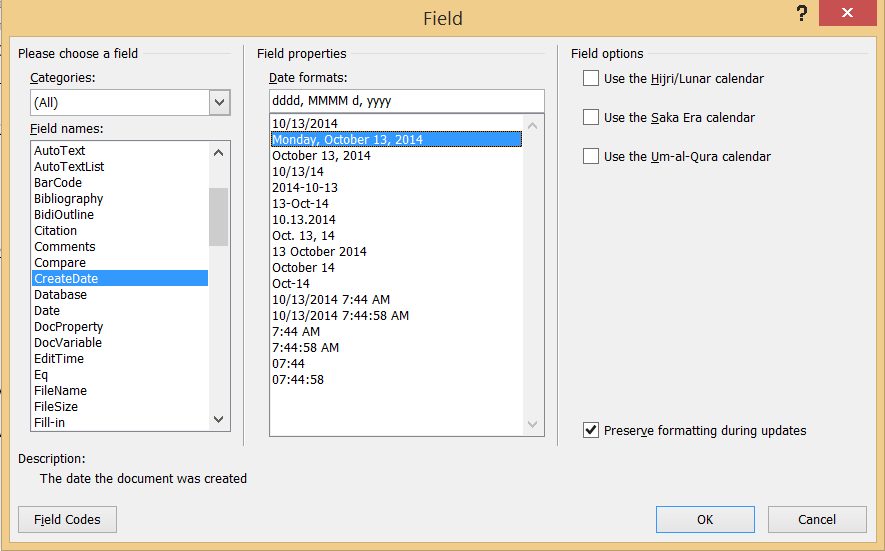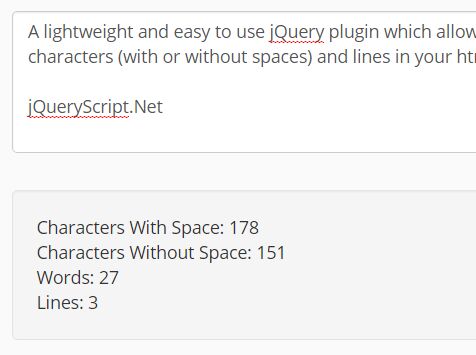
Inserted programmatically or interactively.Ĭannot be added through the Field dialog box but can be added interactively or via code.Ī field added by pressing Ctrl+F9 in a Word document is an Empty field (wdFieldEmpty = -1, field kind None).

Not available through the Field dialog box. Inserted via Developer tab > Controls group > Legacy Tools > Text Form Field button or via code. Inserted via Developer tab > Controls group > Legacy Tools > Drop-Down Form Field button or via code. Inserted via Developer tab > Controls group > Legacy Tools > Check Box Form Field button or via code. No longer available through the Field dialog box but supported for documents created in earlier versions of Word.
#INCREASE SIZE TEXT FORM FIELD WORD CODE#
Cannot be added through the Field dialog box but can be added via code by using the AddOLEControl method of the FormFields collection. Used to store data that is hidden from the user interface.

Acts as a placeholder for field content that has not yet been added.

Subscriber field (I have not found any information about that field).Įmpty field. If you create fields manually, you can start with an empty field. Examples of invalid fields: Note that you must save the document to retain the results of automatically updated fields.Īn invalid field such as an empty field.
#INCREASE SIZE TEXT FORM FIELD WORD HOW TO#
These fields can also be updated manually. See How to update fields for more details about manually updating fields. Printing a document or opening a document in Print Layout view will also cause these fields to update.Ī field that is automatically updated each time it is displayed or each time the page is reformatted. This is the case no matter whether the option File > Options > Display > Printing options group > Update fields before printing is ON or OFF. These fields can be updated by switching to Print Preview because this triggers repagination of the document. The description of Warm above applies but, in addition, these fields can be updated in one more way: Most of these fields are related to pagination and printing of documents. The term “Warm ++” is invented here for descriptive purposes. See How to update fields for more details about manually updating fields. The group of warm fields include both fields that are automatically updated when the source changes and fields that can be manually updated. This also means that a cold field includes nothing to be updated.Ī field that has a result and that can be updated. You can read more about the different layers in a Word document later in this article. You will find my macro for updating fields here: Macro – Update All Fields in Word Document. The easiest way to update all fields in a document with fields spread across several layers is to use a macro. Note that a text box in Word is actually a shape which means that it acts as other shapes in relation to updating fields.

This also means that you may need to manually take care of the field update in those areas of a document. This automatic control does not apply to fields in footnotes, endnotes, text boxes and shapes. Fields in footnotes, endnotes, text boxes and shapesĪs is true for headers and footers, footnotes, endnotes, text boxes and shapes you create using the tools in Insert tab > Illustrations group > Shapes reside in their own layers in a Word document, separated from the main body.Īs explained above, fields in headers and footers are updated more automatically than other fields.


 0 kommentar(er)
0 kommentar(er)
